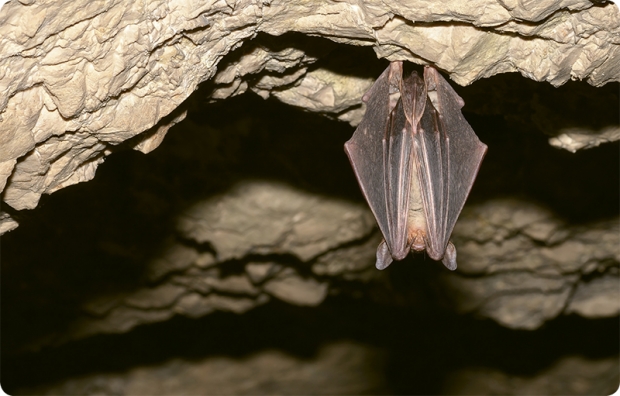
Fly at speeds as high as 22 miles per hour and average 12 miles per hour.
Mostly active at night. Leaves roost at dusk and next two to three hours are peak activity periods. Usually sleep for about 20 hours a day to conserve energy.
Diet makes this species beneficial to agriculture, as they eat many species of agricultural pests. Also vital to insect control, pollination and seed dispersion.
Typical wingspan is 22–27 centimeters. Adults are typically 6–10 centimeters and weigh 5–10 grams.
Despite myths, they do not fly into the hair of humans, rarely bite and have a low rabies level.
Typically eat half their body weight per night when active. New mothers sometimes eat more than their own bodyweight in a single night.